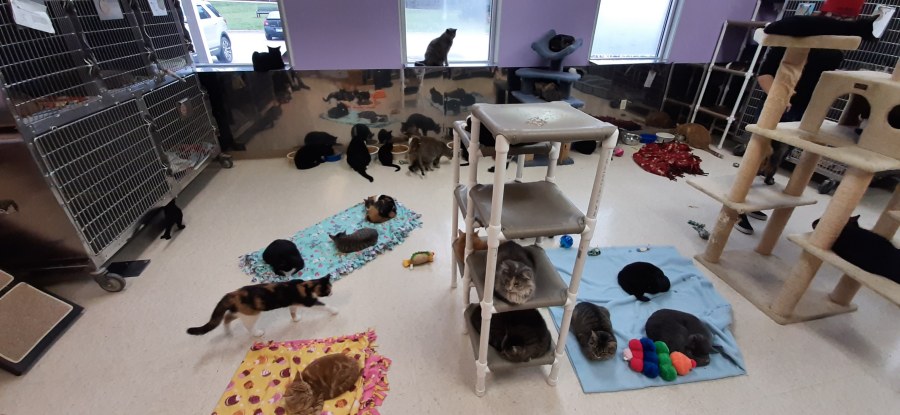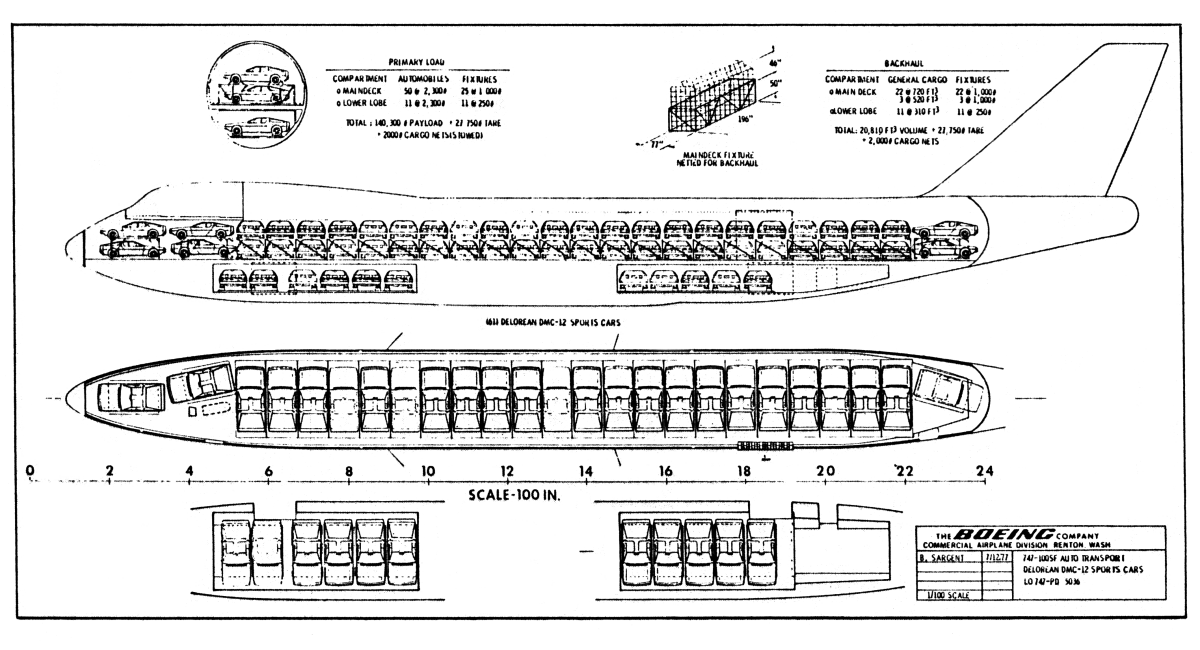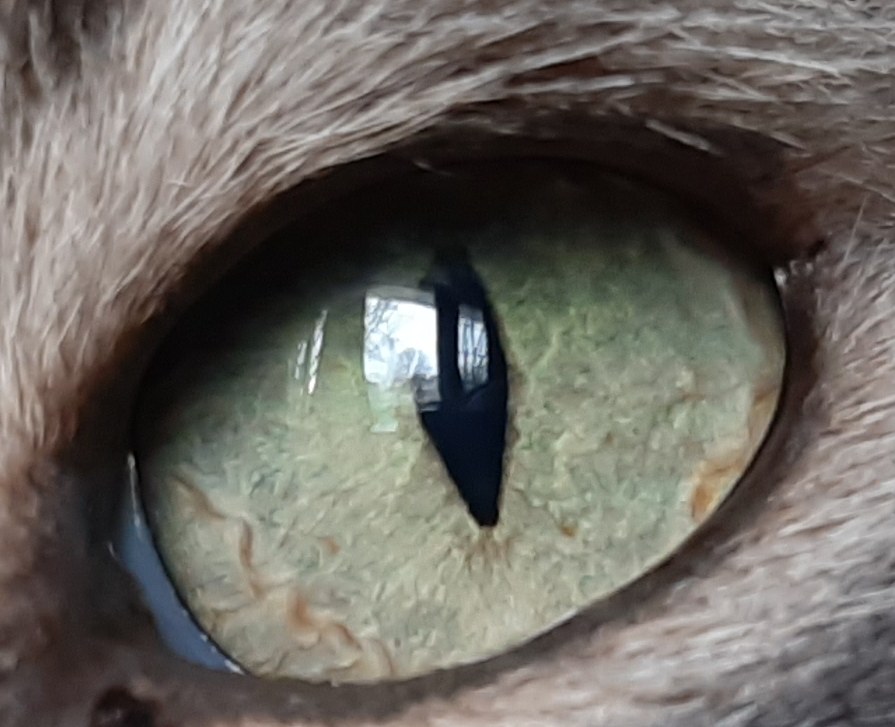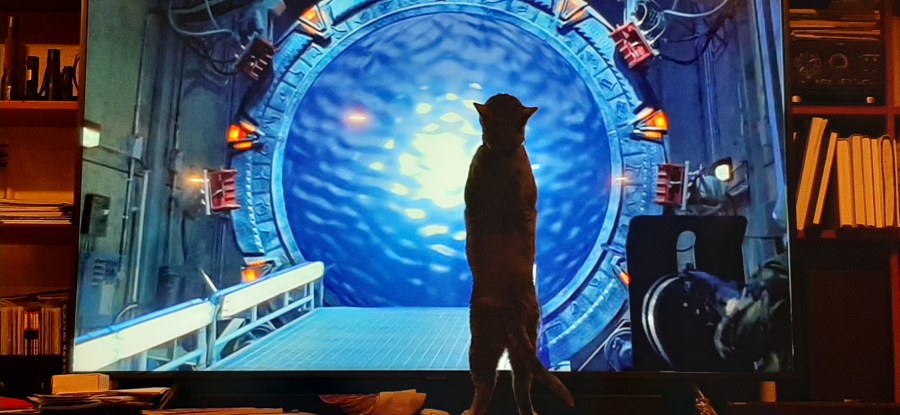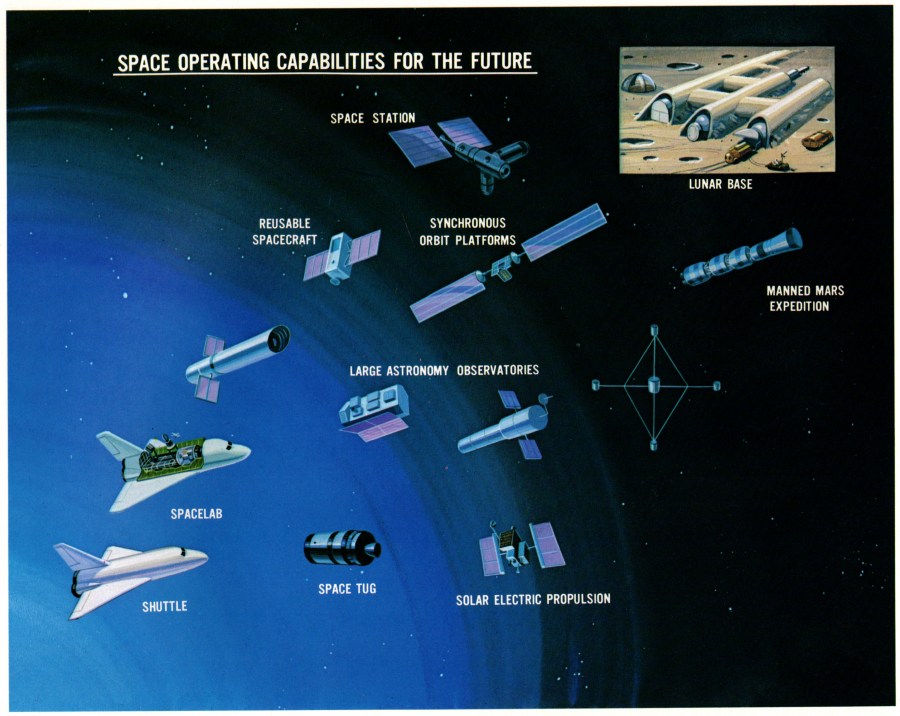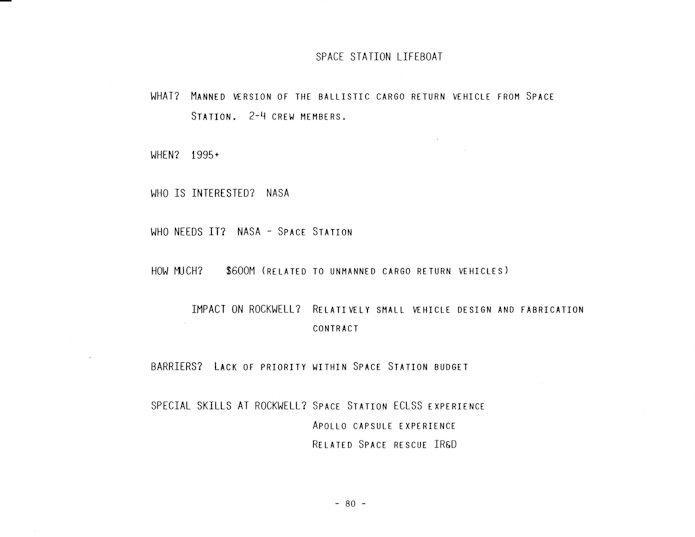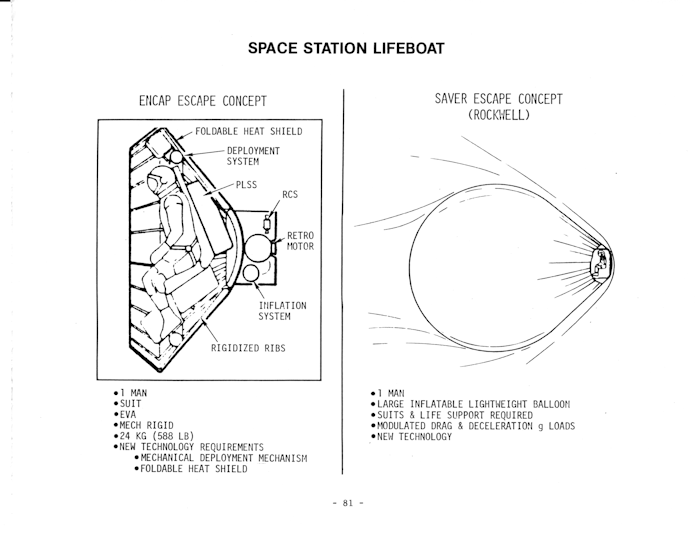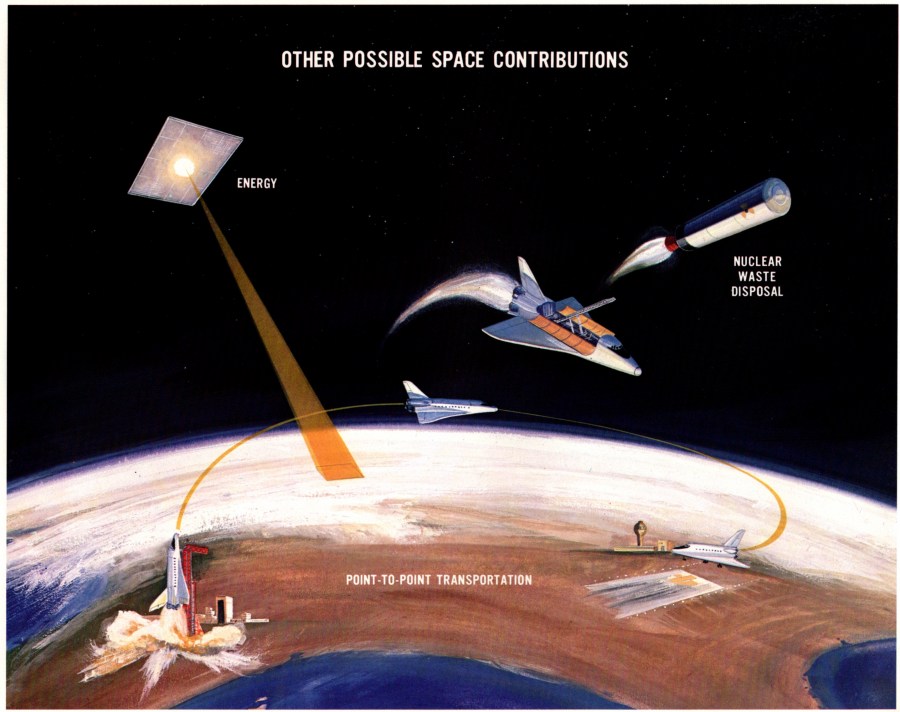One of the few network shows that I watch is “The Rookie,” a relatively bog-standard “beat-cop procedural” with Malcolm Reynolds playing an over-the-hill rookie cop. Pretty much what you’d expect, entertaining yet forgettable. But an episode I watched last night got me thinking. The episode “Fallout” has the entire city of Los Angeles receiving an official FedGuv text message stating that a ballistic missile was inbound, due to arrive in 29 minutes. Hijinks ensue, and at the end, as you’d expect, it turns out to be a false alarm. Everything resets, back to normal, on to the next episode.
But… consider an alternative. The episode ends not with everything back to normal, but with a Mighty Flash followed by a growing rumble in the ground and a blast wave, fade to black, “continued next season.” Next season, same characters (mostly, as some got converted to high temperature vapor), still cops, still in L.A…. but an L.A. that got converted into a crater surrounded by a firestorm due to a Nork nuke. The cops are now no longer issuing tickets and hunting down gangbangers, but rescuing people from crushed buildings and working, over the next four or five seasons, to rebuild L.A. back into a functional city. Or, perhaps better, they’re trying to make sense of a world where L.A. was just one of *thousands* of cities blasted to oblivion in a global thermonuclear war.
In short, the idea is to run a Perfectly Normal Sort Of Show for several seasons and then to utterly flip the script, changing not just plotlines but genre. I’d had the same sort of idea years ago several seasons into “House, M.D.” when I thought it’d be neat if, over the course of a season or two hints were dropped of some mysterious new disease and then the show becomes about some apocalyptic pandemic… smallpox-like, zombie outbreak, Andromeda Strain, whatever. Watching Gregory House deal with a plague followed by an alien invasion seemed like it’d be a hoot.
Just a thought. Back to work.
